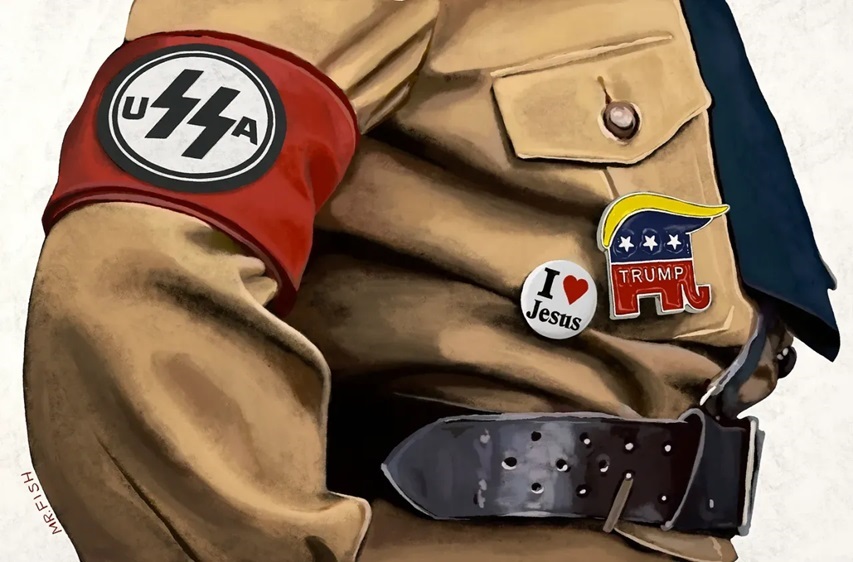Australia might be better off to cancel the nuclear submarine plan

How many nuclear-powered submarines for Australia?
The Strategist, 12 Oct 2023|Peter Briggs
“………………………………………………………………………………..It takes three to four submarines to guarantee having one available for deployment. The ‘rule of three’ was validated by the Coles review, but that doesn’t include any spare capacity to cope with unexpected defects…………………………………………
Australia is planning on a three-year interval between delivery of submarines, driven by the time it will take to generate a crew from our small submarine personnel base and limited sea training capacity in operational Collins-class and US and UK submarines.
Construction time doesn’t determine the drumbeat for delivery; rather, construction starts in sufficient time to achieve the delivery drumbeat.
Three years is a slow drumbeat industrially. Shorter would be more efficient but is currently not feasible because of personnel limitations. The personnel training limitation should ease once Australia has at least six SSNs at sea. The drumbeat could then be shortened. A slow drumbeat is more expensive due to idle production but is also likely to contribute to a loss of skilled workers; witness the UK’s experience at Barrow in Furness because of the slow Astute drumbeat.
A construction program building eight submarines at a three-year drumbeat would take 21 years. Submarines typically have a hull life of 25–30 years. Thus, this production line would have nothing to build for four to nine years, and would then be then back into stop–start shipbuilding.
A force of 10 SSNs at a three-year drumbeat with a planned 27-year life is the minimum to provide a continuous-build program, avoiding the stop–start situation. A force of 12 could achieve a shorter drumbeat in the later stages when the personnel restrictions are not so severe.
Decisions on the final size of the force must be made now, at the program’s inception. They drive industrial issues such as the size of facilities, production-line technology, the supply chains supporting the force and the ordering of long lead items such as the reactor. The decision cannot responsibly be left for a future government.
My study of British, French and US submarine-crewing policies, summarised in my 2018 ASPI report, concluded that a force of 10 SSNs with 10 crews was essential to generate the minimum critical mass of experienced personnel. A smaller force will not generate sufficient highly experienced personnel to oversee the safe technical and operational aspects of the program. That calculation assumed one base and one submarine squadron. Two-ocean basing with an additional 200 highly experienced squadron staff, a key link in the operational and safety chain, would require at least 12 SSNs.
Britain’s Royal Navy has six or seven SSNs and four SSBNs operating from one base in a single squadron. Its personnel situation is dire. High wastage rates and shortfalls in many critical categories have reportedly necessitated drafting non-volunteers to submarine training and cannibalising parts and crew to get even one submarine to sea. At times, the RN is unable to achieve even one. Is that where Australia is heading?
The issues are undoubtedly more complex than simply the size of the force, but it reinforces the point that a force of eight SSNs requiring six to seven crews is below critical mass, vulnerable to personnel shortfalls, will struggle to sustain two SSNs deployed, and won’t be able to sustain two-ocean basing.
Even more problematic is whether Australia can achieve an operational, sustainable and deployable SSN capability from eight boats made up of a mix of Virginia and AUKUS designs. The mix of classes adds to the complexity, cost and risk because it entails two supply chains and differing major onboard equipment, spares, and training systems and simulators.
Australia requires at least 12 SSNs to sustain two-ocean basing with two deployable on each coast in the good times. A force of 18—nine on each coast—would be more resilient, reliably providing two deployable SSNs, with three available in the good times.
Eight is plainly insufficient on all counts.
Leaving the decision for a later government will mean greater expense and increase the risk that the program doesn’t produce the needed strategic capability, while stripping funds from other key defence capabilities. A lack of decision, along with Australia’s failure to join the AUKUS SSN initial design effort, indicates inadequate commitment.
A ‘damn the torpedoes’ transition to SSNs could leave us with no submarine capability.
If Australia is not prepared to, or cannot, invest the resources to achieve a viable SSN force, we are better off not continuing down this path.
AUTHOR
Peter Briggs is a retired submarine specialist and a past president of the Submarine Institute of Australia. https://www.aspistrategist.org.au/how-many-nuclear-powered-submarines-for-australia/ #nuclear #antinuclear #NuclearFree #NoNukes #NuclearPlants
No comments yet.
-
Archives
- January 2026 (127)
- December 2025 (358)
- November 2025 (359)
- October 2025 (377)
- September 2025 (258)
- August 2025 (319)
- July 2025 (230)
- June 2025 (348)
- May 2025 (261)
- April 2025 (305)
- March 2025 (319)
- February 2025 (234)
-
Categories
- 1
- 1 NUCLEAR ISSUES
- business and costs
- climate change
- culture and arts
- ENERGY
- environment
- health
- history
- indigenous issues
- Legal
- marketing of nuclear
- media
- opposition to nuclear
- PERSONAL STORIES
- politics
- politics international
- Religion and ethics
- safety
- secrets,lies and civil liberties
- spinbuster
- technology
- Uranium
- wastes
- weapons and war
- Women
- 2 WORLD
- ACTION
- AFRICA
- Atrocities
- AUSTRALIA
- Christina's notes
- Christina's themes
- culture and arts
- Events
- Fuk 2022
- Fuk 2023
- Fukushima 2017
- Fukushima 2018
- fukushima 2019
- Fukushima 2020
- Fukushima 2021
- general
- global warming
- Humour (God we need it)
- Nuclear
- RARE EARTHS
- Reference
- resources – print
- Resources -audiovicual
- Weekly Newsletter
- World
- World Nuclear
- YouTube
-
RSS
Entries RSS
Comments RSS



Leave a comment